Cosine Correction, LUX and Light Meters
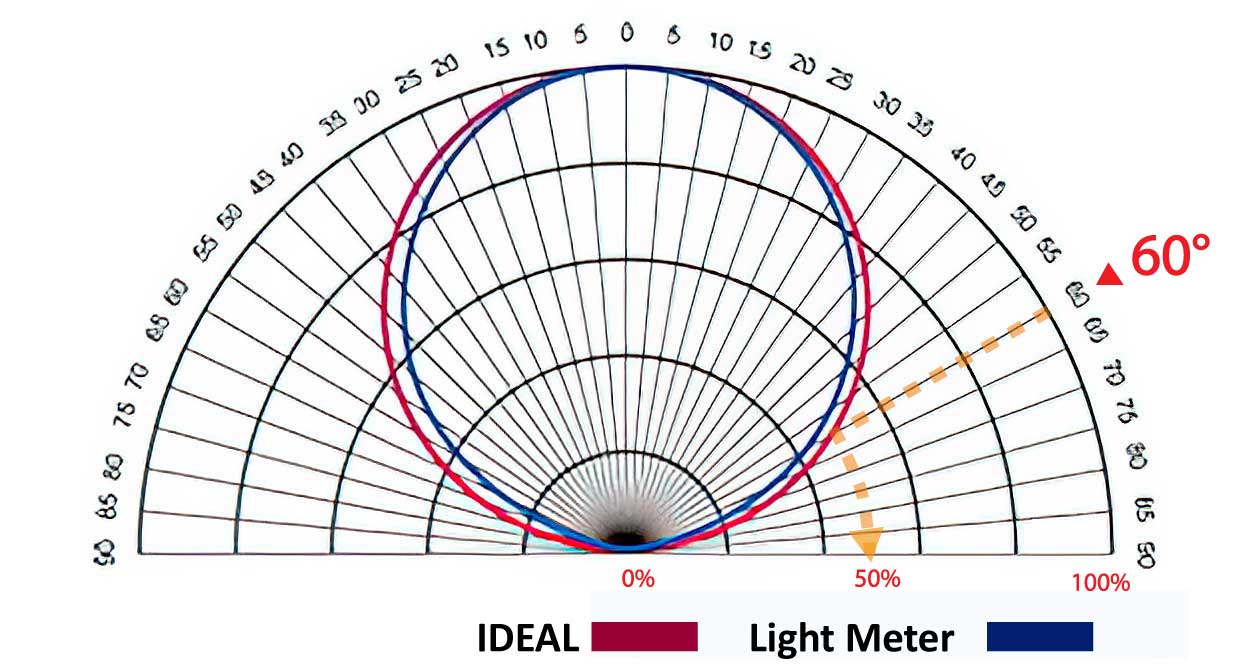
Introduction
Cosine Correction is a term often encountered when working with light meters, yet it can be somewhat misleading both in its meaning and its connection to light meters. In this article, we aim to shed light on this concept by addressing the following key aspects:
- What is Cosine Correction?
- How does it relate to Light Meters?
- Why is Cosine Correction essential in the field of lighting?
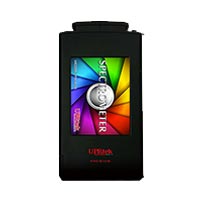
Fig 1 – Light Meter
What Is Cosine Correction?
Cosine Correction is a mathematical model that predicts light intensity at various angles of incidence. It is closely tied to LUX, a metric used to quantify the amount of light that illuminates surfaces.
Light meters play a crucial role in various lighting applications, such as libraries, which measure LUX to determine the optimal number of lights required to create an adequate and comfortable reading environment.
The Cosine Correction model ensures that the LUX measurements taken by light meters are precise and reflective of real-world lighting conditions.
Fig 3 – Measuring LUX with a light meter
About LUX
LUX stands for Luminous Flux and it is the amount of light that illuminates a standard surface area of a square meter. The amount of light is measured in lumens – so the LUX metric will be in lumens/m². LUX is typically measured from a working plane or surface area, like a table (Fig. 3).
There are LUX standards for public venues developed by lighting organizations (See Fig 3a). Lighting designers and architects use light meters to validate LUX to match these standards.
Fig 3a – LUX standards for public venues
Cosine Correction and Light:
The foundation of the Cosine Correction model can be traced back to Johann Heinrich Lambert’s Cosine Law from 1760. This law articulates how light intensity diminishes on a surface as the angle of incidence becomes more oblique. In simpler terms, a light source directly above a surface will cast more intense light compared to one shining in from an angle.

Fig 4 – Johann Heinrich Lambert
Lambert’s insight led to a formula that links the intensity of light at an angle to the full intensity of light when it strikes straight on:
I_angle = I_zero * cos(θ)
- I_zero represents the full light intensity at a 0° angle (directly overhead).
- Cos(θ) is a mathematical function, where θ represents the angle in question.
- I_angle is the resulting light intensity at the specified angle.
Cos(θ) is a function returning values between -1 and 1. This value acts as a multiplier, helping predict the intensity of light at an angle based on Lambert’s original Cosine Law
To find the value of cos(θ), a simple mathematical calculator suffices. For instance, the cosine of 60° is 0.5.
Fig 6 – Relationship between light and angle
LUX is defined as the measure of light intensity dispersing over a one-square-meter area, with light intensity measured in lumens. Consequently, LUX is measured as lumens per square meter (lm/m²).
For example, if a light registers 200 lm/m² at 0 degrees, what would be its LUX value at 60 degrees?
I = I_zero * cos(θ) I = 200 * cos(60) I = 200 * 0.5 I = 100
This calculation demonstrates that a light source with a LUX value of 200 lm/m² at 0 degrees would reduce to 100 lm/m² when shining at a 60-degree angle, in accordance with the Cosine Law.
A Deeper Dive into Cosine:
Cosine is a trigonometric function within mathematics, particularly employed in the study of triangles, their sides, and angles. Just as changing one angle of a triangle affects the entire configuration, altering the angle of incident light results in a proportionate change in light intensity. This is why the Cosine function is aptly named and plays a pivotal role in Cosine Correction.
The Cosine function in mathematics reveals that when you alter one of the angles within a triangle, the entire triangle adjusts proportionally. Similarly, in the context of Cosine Correction, as the angle of incident light changes, the light intensity changes in a proportional manner. This alignment with the principles of the Cosine function is precisely why it’s referred to as “Cosine Correction.”
In our diagram (Fig 8), Cosine is defined as the ratio of the base (B) to the hypotenuse (C), represented as the cosine multiplier Cos(Ø).
Cosine Correction and Light Meters:
It’s important to clarify that light meters do not directly employ Cosine Correction calculations to determine LUX. It is practically impossible to measure all incoming light from various angles in a complex environment, such as a public library, and apply Cosine Correction to each source.
Instead, light meters utilize a “diffuser,” often referred to as a “cosine diffuser.” This device is meticulously designed to approximate the results predicted by the Cosine Correction model. You can identify the diffuser on a light meter as an opaque white circle. Its function is to collect and evenly diffuse light so that the internal components of the meter can accurately derive LUX values.
The design of the diffuser is a highly precise and intricate process, demanding thorough testing and calibration to ensure alignment with the principles of Cosine Correction.
Fig 11 – Spectrometer Diffuser
Testing Light Meters:
Companies like UPRtek employ testing equipment to validate their diffuser design against the Cosine Correction model. The process involves shining light directly from above, and the spectrometer takes a reading, establishing a baseline intensity or LUX, representing 100%. The equipment is then moved to a 60-degree angle, another measurement is taken, and a new LUX reading should correspond to the predictions of the Cosine Correction model.
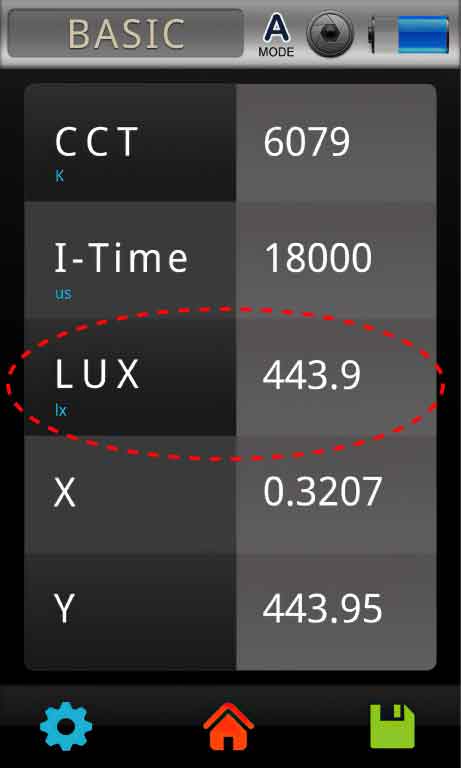
Fig 12 – MK350S Premium full-featured spectrometer including healthcare metrics.
Fig 13 – Cosine Correction Chart – To find the ideal change in intensity of a light with a 60-degree incident, draw a line (orange) from the 60-degree mark to the red circle, then follow the curve to the base – indicates ideal reduction of light to be 50% of original intensity. The blue circle represents how close the light meter is to the ideal.
After rigorous testing, a Cosine Correction Chart is produced, illustrating how closely the light meter aligns with the Cosine Law’s predictions for LUX. The chart demonstrates the accuracy of the meter, diffuser, and receptor.
It’s important to note that achieving a 100% match with the Cosine Law’s numbers is exceedingly difficult, but the closer the alignment, the more accurate the light meter’s LUX calculations.
Importance of Cosine Correction:
The Cosine Correction model provides valuable insights into how light intensity changes as the angle of incidence varies. This understanding is crucial for LUX measurements made by light meters, as it guides the proper positioning of lamps, bulbs, and luminaires to achieve uniform light distribution over a surface. This aspect is fundamental in lighting design for environments like libraries, museums, and offices.
Light meters are equipped with diffusers to compute LUX accurately, and these calculations must undergo rigorous testing to validate their alignment with the Cosine Correction model.
In conclusion, Cosine Correction, while initially perplexing, plays a pivotal role in ensuring precise LUX measurements. This article aims to demystify the concept and highlight its critical importance in the realm of lighting measurement and design.

Fig 14 – Photo by cottonbro studio (pexels)
Visit our Handheld Spectrometer page for products with LUX, Cosine Correction Chart and other spectral features – MK350S Premium, MK350N Premium and MK350D Compact (here).
Hot Product
Handbook Series
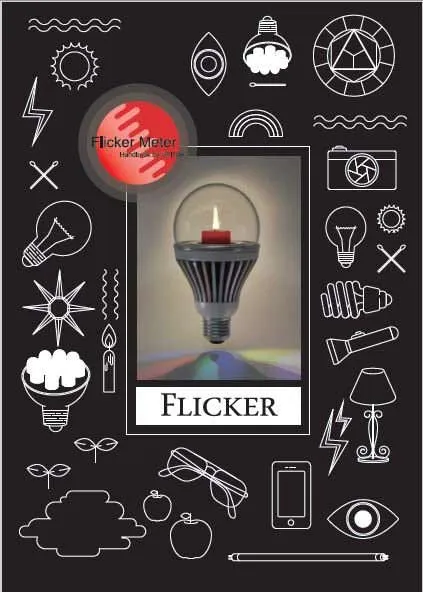
The Flicker Handbook
Everything thing you need to know about Flicker, an insidious, potentially serious lighting artifact impacting visual safety for public places like hospitals, offices, libraries, and more...
About UPRtek
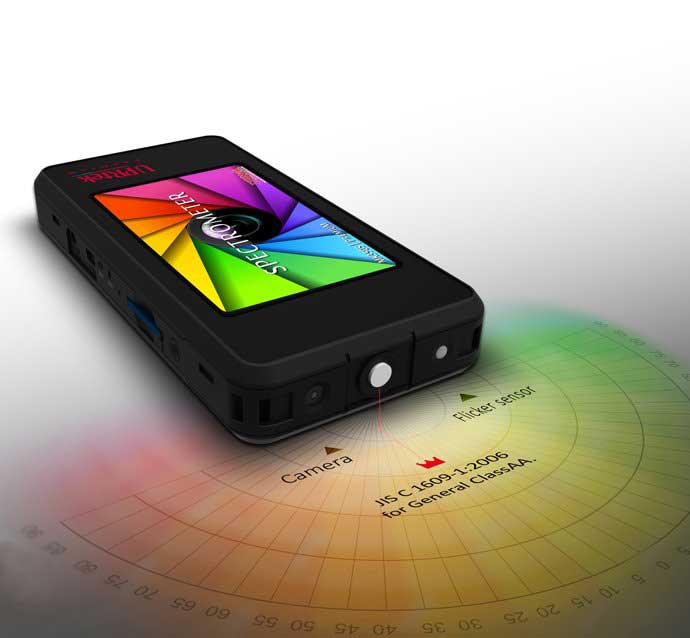
United Power Research and Technology
UPRtek (est. 2010) is a manufacturer of portable, high-precision light measurement instruments; Handheld Spectrometers, PAR meters, Spectroradiometers, Light Calibration Solutions.
UPRtek HQ, R&D and manufacturing are all based out of Taiwan, with Worldwide representation through our certified Global Resellers.
Latest Articles
Category
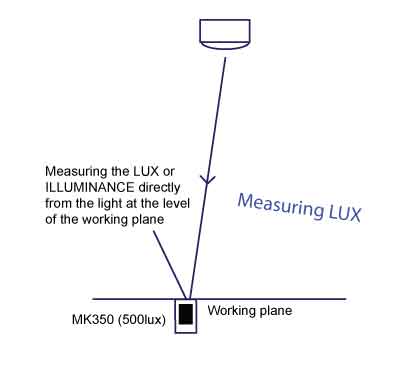
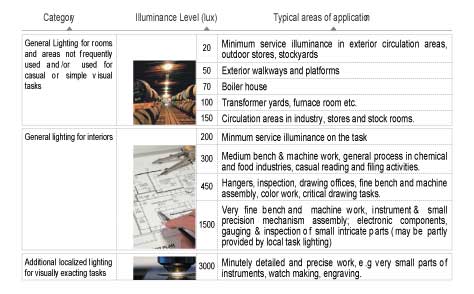

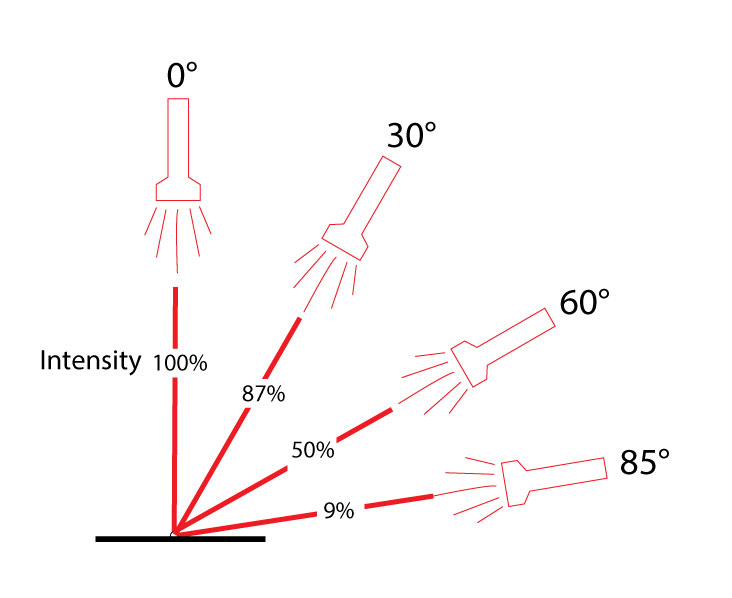
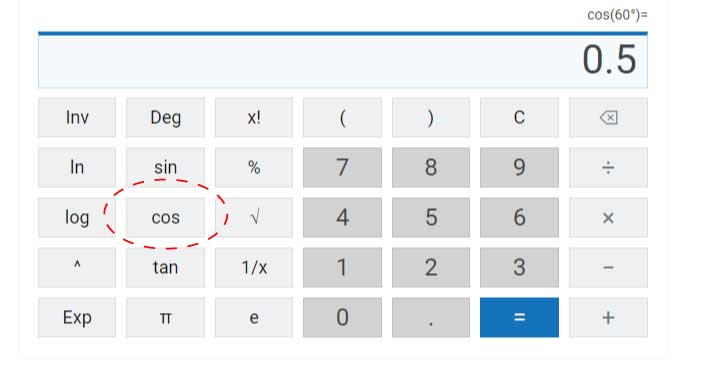
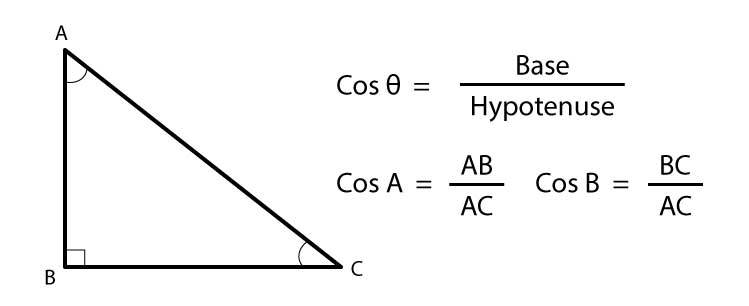
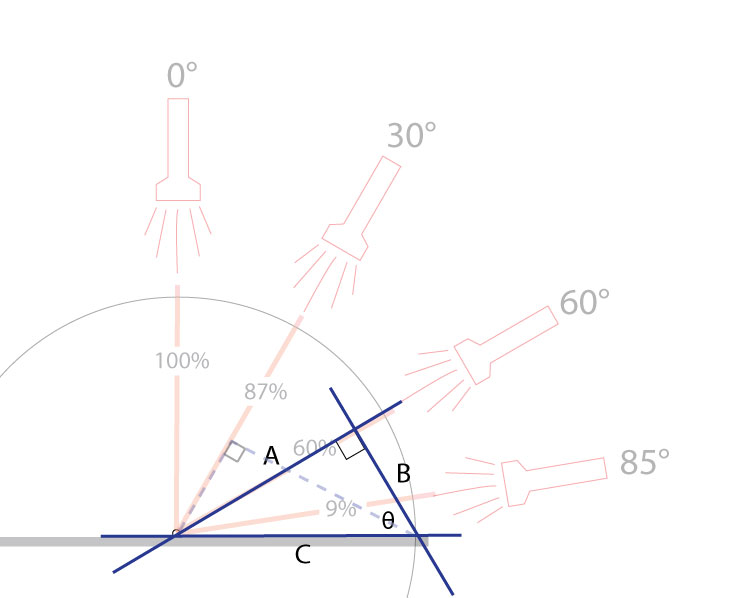
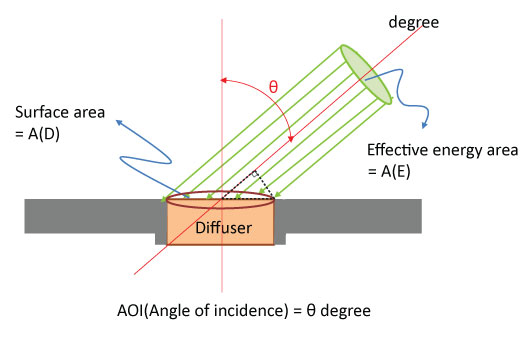
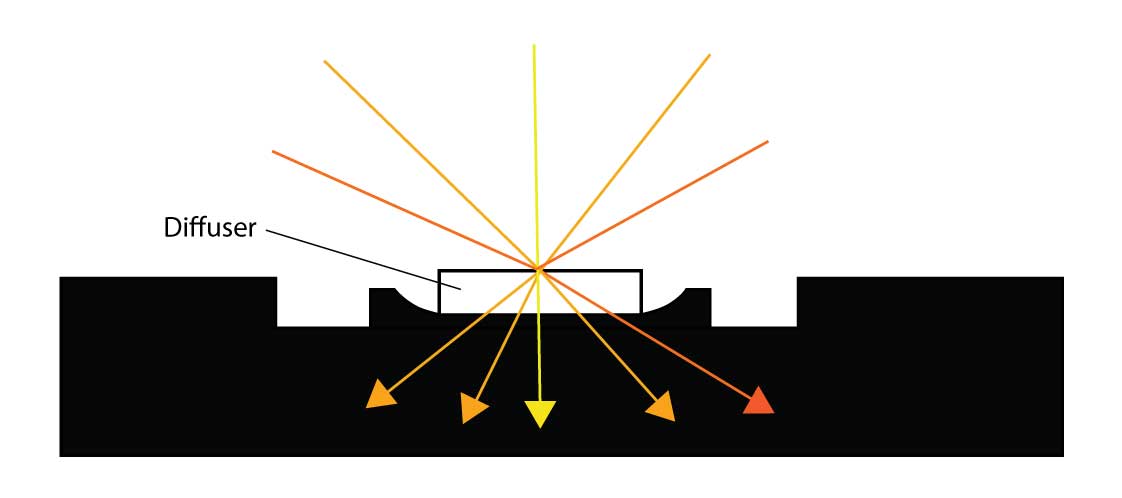
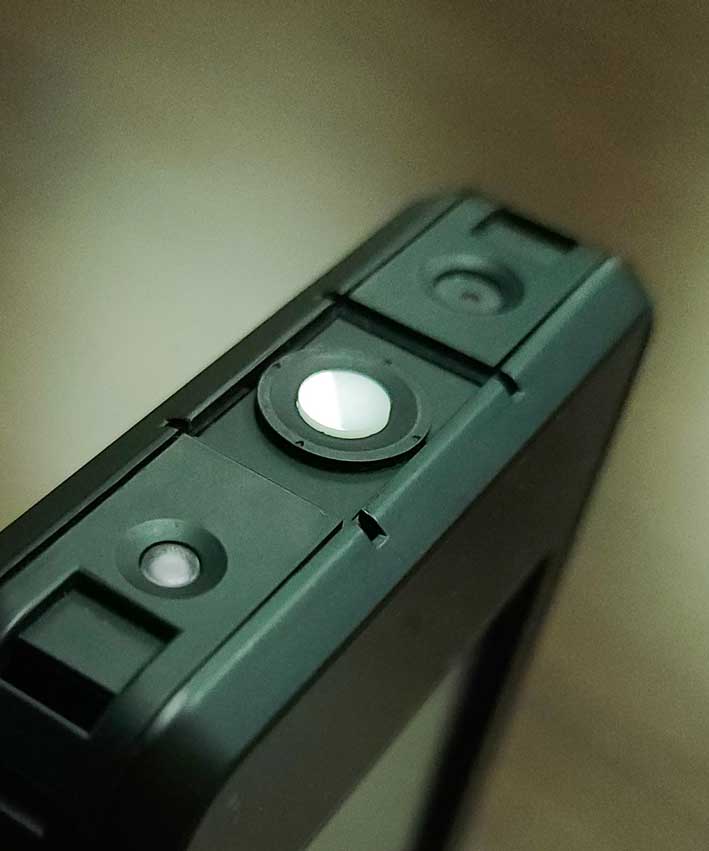
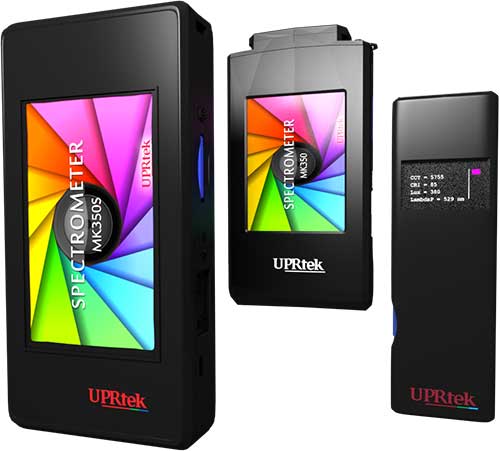
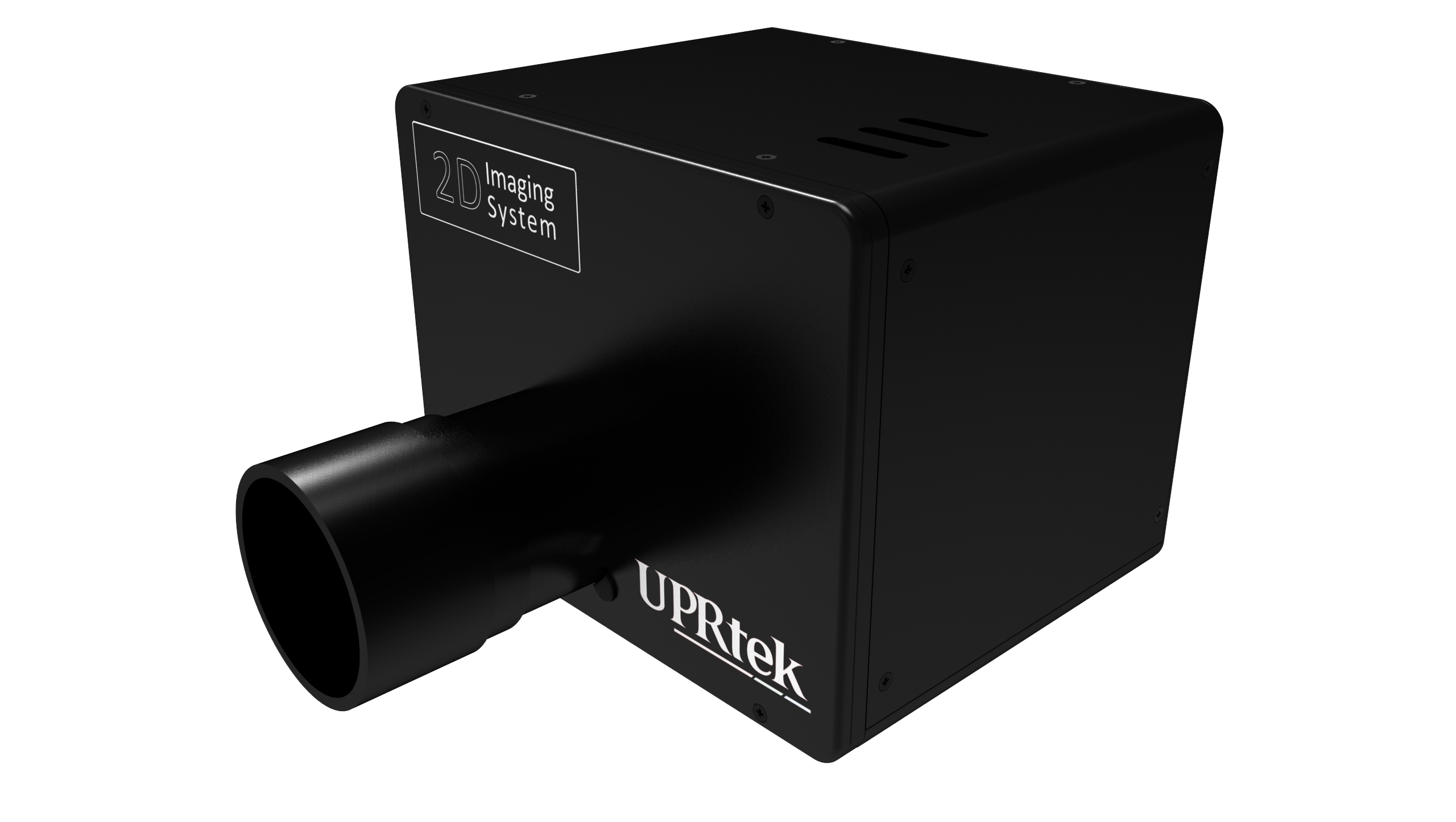
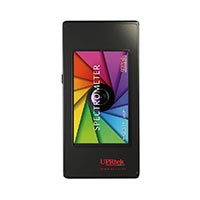
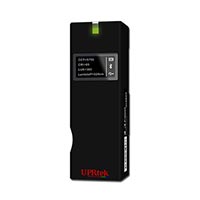
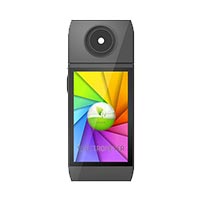
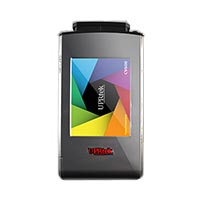
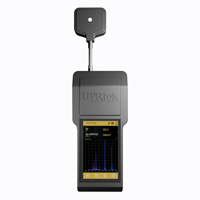
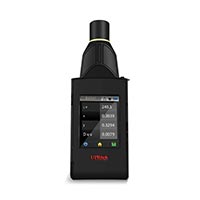
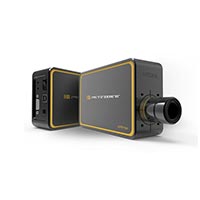
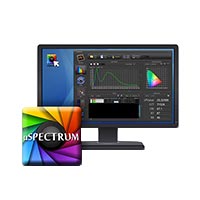

0 Comments